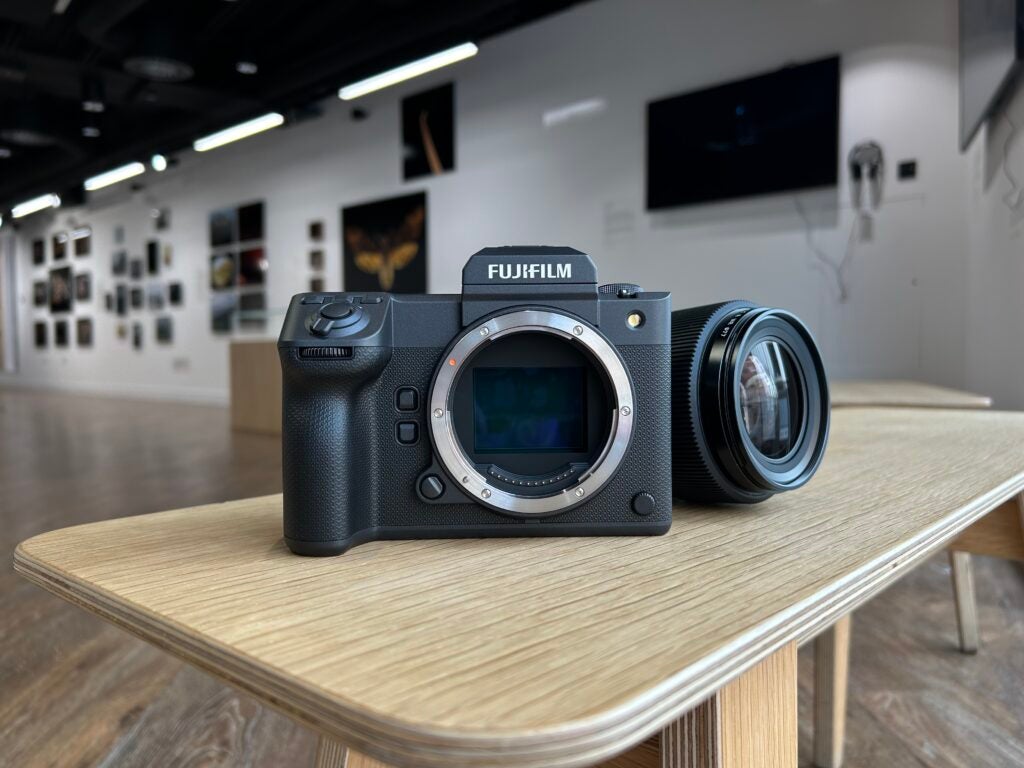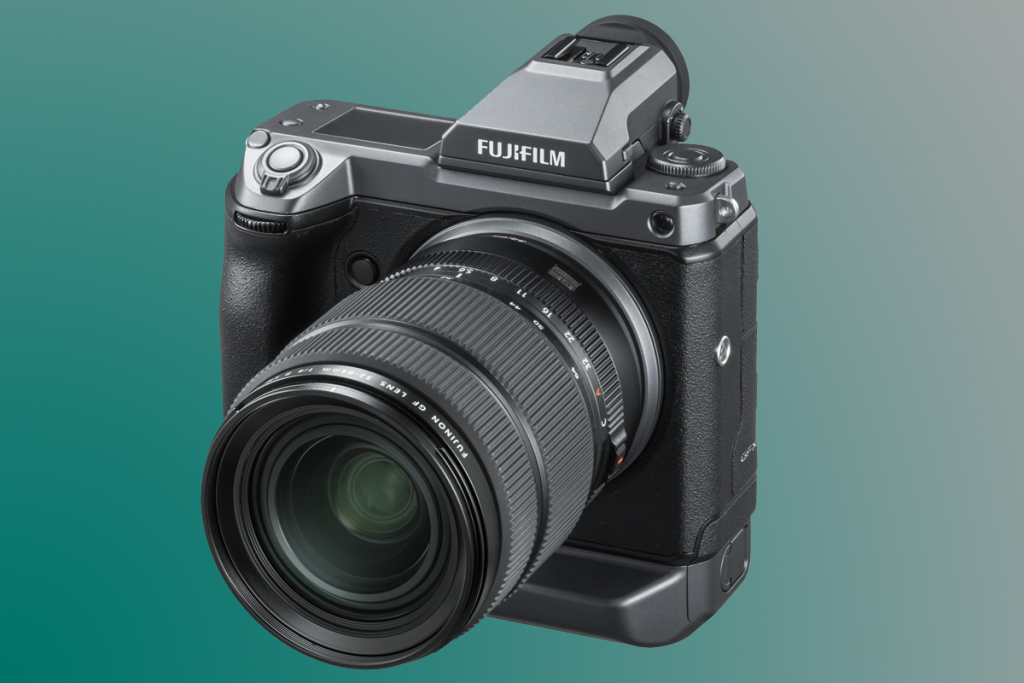Fujifilm recently announced its latest medium format camera, the GFX100 II. Here’s how the camera compares to its predecessor, the GFX100.
Fujifilm released the GFX100 in 2019 before launching the smaller GFX100S in 2021. However, the new GFX100 II is actually considered the true successor to the original GFX100, building upon the 2019 release with new specs, an updated design and improved video quality.
Keep reading to discover all the main differences between the GFX100 II and the GFX100.
The GFX100 II has a new sensor and processor
The GFX100 II is powered by a new high-speed sensor, the GFX 102MP CMOS II HS, combined with Fujifilm’s latest image processing engine, the X-Processor 5.
This pairing enables continuous shooting of up to 8fps, higher video quality and more advanced AF performance.
The GFX100 also packs a huge 102-megapixel sensor but the sensor is slower and the camera is powered by the older X-Processor 4.

The GFX100 II can shoot bursts of up to 8fps
As mentioned above, the GFX100 II can now support bursts of up to 8fps and at quick intervals due to the camera’s reinforced buffer memory. This makes the camera much better suited to shooting fast-moving subjects, such as sports, compared to its predecessor.
The GFX100 can capture up to 5fps in its continuous shooting mode, making it less equipped for action-packed scenes.
The GFX100 II has improved AF
Another major improvement coming to the GFX series with the GFX100 II is updated autofocus.
The GFX100 II supports AI-based subject detection AF for the first time in a GFX camera. This means that the camera can now detect animals, birds, cars, motorcycles, bikes, planes, trains, insects and drones and track them automatically. There’s also improved Face/Eye AF and an evolved predictive AF algorithm for more advanced tracking of faster-moving subjects.
The GFX100 also has AF, including Face/Eye detection and subject tracking, but there’s no subject detection on this camera.

The GFX100 II supports 8K video
One of the biggest upgrades this time around is the increase in video quality afforded by the new sensor. The GFX100 II is now capable of capturing 4K video at up to 60p or 8K video at up to 30p – both internally.
The GFX100 could record 4K video at up to 30p or 1080p at up to 60p. This makes the GFX100 II a huge step up in terms of video performance.
The GFX100 has a built-in vertical grip
Finally, and perhaps most obviously at first glance, the GFX100 II does away with the integrated vertical grip, instead offering the second grip as an optional battery grip accessory called the VG-GFX II.
This could be an adjustment for GFX100 owners used to having a vertical grip built-in, but others will appreciate the smaller, more lightweight design.











